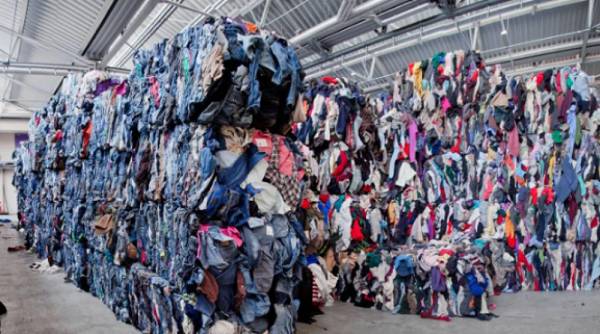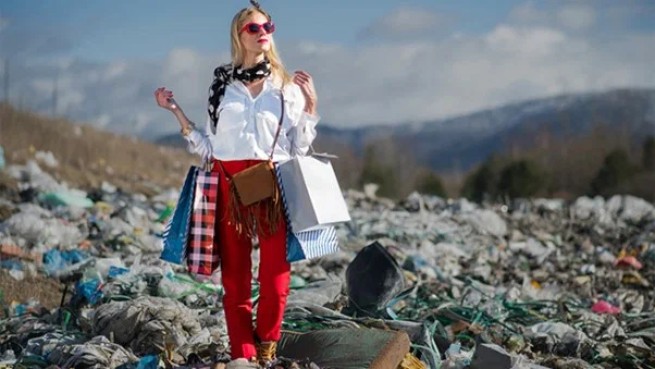EU is preparing to put an end to “fast fashion” with its negative impact on the environment. Because consumers buy (and wear) things for only one season, and then simply throw them away.
When Zara arrived in the Upper East Side του Μανχάταν in 1989, journalist Anne-Marie Shiro coined the term “fast fashion” (γρήγορη μόδα) to describe the practice high speed mass production. As she characteristically noted, the trading network was aimed at young people, “who change clothes as often as the color of lipstick.”
Her words turned out to be prophetic a new era in the fashion world.
By 2012, Zara’s parent company, Inditex, was producing 840 million pieces of clothing every year.
Today, more than three decades later, fast fashion market expandedand competition has intensified from aggressive brands that focus on promotion through social networks. These are, for example, the British Boohoo and the Chinese Shein.
Today, the speed at which clothing is being designed, produced, sold and discarded is unimaginable.
But this abundance of cheap, short-lived clothing comes with huge environmental and social costs. The commission calculates that the average European throws away 12 kg of clothing every year, and textile consumption ranks “fourth in terms of negative environmental impact.” Europe is now forced to make a significant effort to end this as part of its 2050 environmental targets.

EU lawmakers are aiming by 2030 for textiles entering the union’s market to be “durable and recyclable, made primarily from recycled fibres, free from hazardous substances and produced in a manner that respects social rights and the environment.” In short, this goal is part of what the EU calls a “circular economy” in which the bloc consumes and wastes less food.
However, to achieve this goal, changes in existing legislation, awareness campaigns and a new proposal requiring manufacturers, importers and distributors to pay for the recycling of textile waste are needed. As for the proposals, even their supporters see them as vague and lacking concrete measures and policies.
These intentions also fall short of the necessary infrastructure, although, for example, in line with the new waste and recycling targets, Member States will be required to collect discarded textiles from 2025.
For example, elastane, which is added to many garments, can act as a contaminant during recycling and must be removed first, increasing disposal costs.

The global fashion industry has long been a “dirty business,” the newspaper writes. And what has led to an unprecedented volume of cheap clothing made from polyester and other fossil fuel-based synthetic fabrics is none other than rapid growth of online retail stores. These items have little to no resale value and end up being burned or stockpiled as mountains of accumulated clothing.
World textile production, 81% of which is used in the clothing industry, nearly doubled between 2000 and 2015.
The consumption of clothing and footwear is expected to increase by another 63% between 2022 and 2030, to 102 million tons, the European Environment Agency predicts.
The abundance of cheap clothing has contributed to a culture in which consumers increasingly view clothing as disposable. More than half of fast fashion products are thrown away in less than a year.
So far, the fashion industry has largely been left to its own devices. In the EU, only France, Sweden and most recently the Netherlands have implemented programs to hold producers accountable for the waste they generate.
To date, 369 textile, apparel, footwear and luxury companies have voluntarily committed themselves to achieving science-based targets related to climate change efforts. But until the industry is forced to change, citizens and corporations will continue to throw away most of the clothing.







More Stories
Real estate: investment interest in private islands in Greece
Eurostat: what goods and services do Greeks purchase online?
Optimistic forecasts for the Greek economy